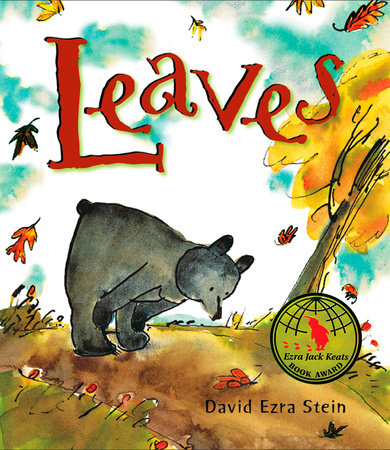"The Eleventh Hour"
by Graeme Base
40 pages / Print / Fantasy
Summary: Horace the elephant decides to invite 11 friends over to his house for a big celebration. He cooks up a big feast of delicious foods and desserts for everyone to enjoy. The 11 animals guests arrive, all dressed up in costumes and ready to celebrate. Before they can hear the feast Horace has prepared, they spend the afternoon and evening playing games with each other. The feast would have begun at the eleventh hour, but a thief has eaten all the food! Every animal friend denies that he or she ate the food. Horace thinks quickly and makes sanwiches for all the friends. They eat the sandwiches outside together. But who ate all the food? It is a mystery that the reader must solve.
Evaluation: The ending of this book really caught me by surprise. I was so distacted by the wonderful rhyming verse that told the stories, and the realistic images, that I wasn't paying attention to the fact that this book is full of clues and mystery. At the conclusion of the book, Graeme Base has a secret section that explains how to solve the mystery of who ate the food. He also explains the artwork and reasoning behind each illustration in the book. After finding clues on each page and solving the puzzle message at the end of the book, it is revealed that the mouse ate the food with his 200 mouse friends. The author then invites you to locate the mice on each page of the book, which are skillfully hidden in different images. This is a great book for a class to read together and to try to solve as a team. Solving the mystery is very difficult, but many eyes and minds working together would make it easier. Besides the interactive aspect of the book, it is beautfully illustrated. The images and scenes come to life. I looked at each page for a long time, appreciating how detailed and wonderful the illustrations were. This book could be read time and time again, trying to solve the mystery of who stole the food.
Appeal Terms: animal, mystery, engrossing, engaging, event oriented, multiple plotlines, well developed













